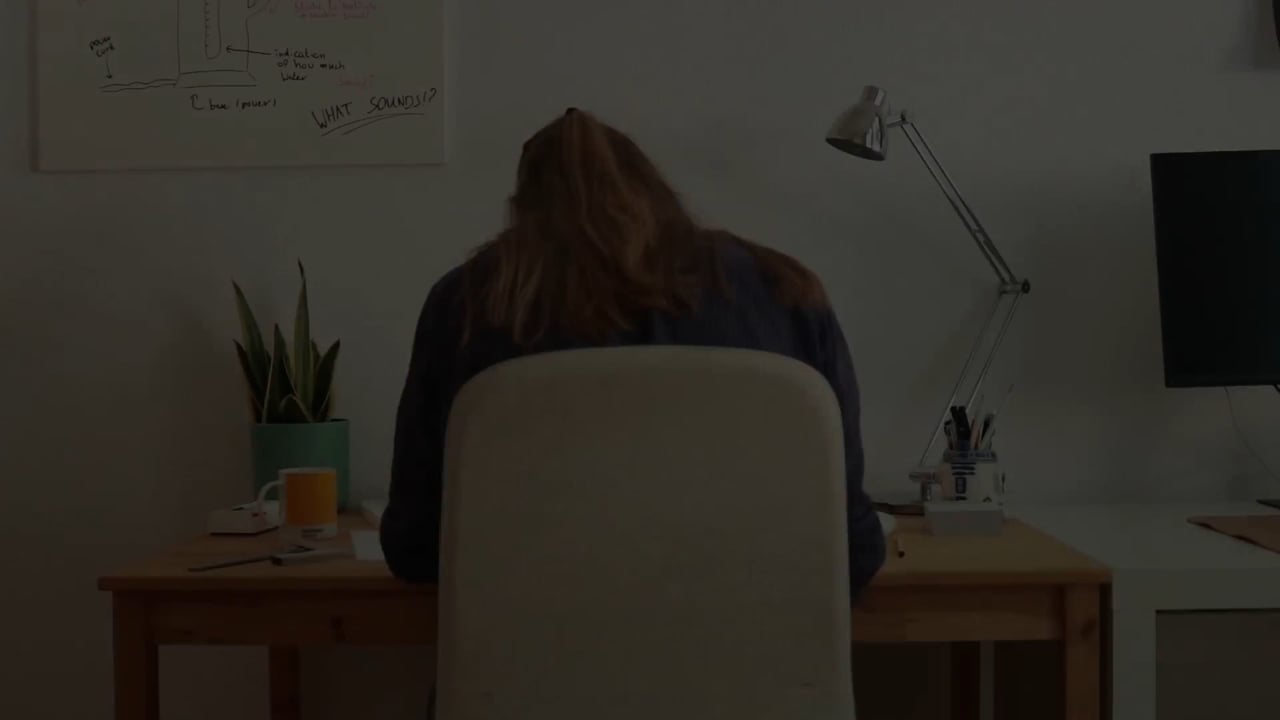As the world embraces systems of connected, smart, and always-on products, the act of designing increasingly means that designers should consider all aspects of an experience beyond today’s dominant visual-oriented interaction styles. Interaction enriched with sound feedback is promising as a solution to the current complex digital landscape of design, as our hearing is a powerful but rarely used communication channel for interaction. While sound was traditionally coupled to mechanical or physical aspects of a design, products nowadays have no inherent sound feedback while sound is still a powerful and very fundamental way we humans make sense of the world.
Many products today stick to traditional and functional sound usage (e.g. notification sounds), however they but lack a clear link to the context of use. Sound can provide many more opportunities beyond j functional usage, as illustrated by the design of engine sounds for electric vehicles, the design of spatial audio environments for VR gaming, and the proliferation of expressive digital instruments for performance art. Educating designers about how to use sound in their design process, and how to execute this for prototyping purposes is thus crucial to ensure they can design for the entire experience of such applications.
SIDKIT is a toolkit that makes the design process for interactive sound more accessible to designers unfamiliar with the discipline.
How can we make interactive sound more accessible to designers?
Our hearing is a powerful but rarely used communication channel for interaction. While traditionally generated by mechanical aspects, dedicated sound feedback is rare in modern design. Yet, sound is fundamental to how humans interact with the world. With the growing complexity of connected products, designers need to consider experience beyond the dominant visual feedback styles.
Many products employ functional notification sounds, however their usefulness is often limited by a lack of expressiveness and no link to the context of use. Sound can provide information beyond the functional, as illustrated by the design of electric vehicle engine sounds, or expressive performance art instruments. Educating designers about designing with sound is crucial to motivate designers to design sound-interaction more holistically.
Sonic interaction design (SID) is a complex process with high skill demands and a steep learning curve. Common tools are often complex, programming-oriented, and rarely made for design practices. This fuelled the design process of SIDKIT for novice designers: an accessible, tangible, explorative toolkit dedicated to designing interactive sound.
SIDKIT lowers the threshold of learning how to use sound in interaction design, by demonstrating how SID processes work. The toolkit divides the design process into three interconnecting parts: senseKIT (green), several sensor modules that enable prototyping interaction; mapKIT (blue), an interface for specifying a relationship between interaction and sound; and soundKIT (red), an interface for shaping sound generated through interaction. By giving designers a practice-oriented & plug-and-play toolkit, SIDKIT offers an alternative workflow to existing sound design tools, one which is more contextual, expressive, and educative.
If interactive sound is to become more widespread in interaction design, one of the first important hurdles to tackle is the low accessibility of sound design tools. While SIDKIT is an intriguing and playful exploration within this field, it is ultimately a limited execution of the idea of accessible tools for SID. The most important lesson learned from SIDKIT is that quick exploration & play are crucial to getting started, but more support beyond those steps is required to support novice designers. In addition to the necessity of low-threshold tools, key challenges in making SID more accessible should also include more robust frameworks and systems for enabling iterative design work with sound.


